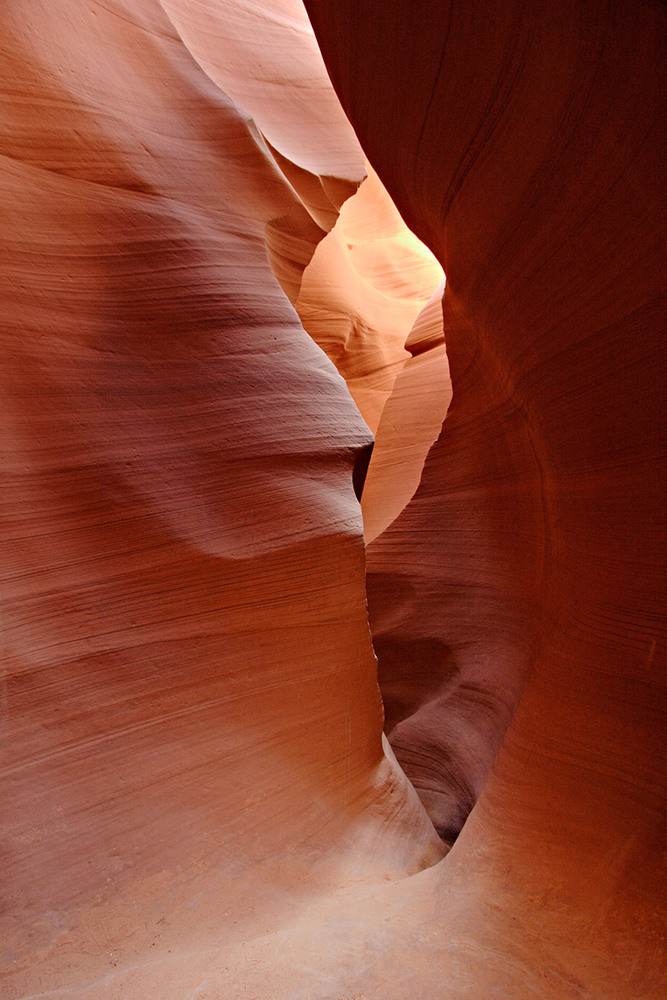Planet Earth Online - Carbon Capture
Interview with
Chris - Carbon capture and storage has been seen by the government as an important way to reduce carbon dioxide emissions. The idea is that you capture CO2 emissions from industry and then you lock the gas away underground inside rocks out of harm. But what actually happens to the CO2 once it's down there underground? Planet Earth podcast presenter Richard Hollingham has been to the British Geological Society at Keyworth in Nottingham to meet scientists who were studying the process including experimental geochemist Keith Bateman...
Keith - First of all, you have got your carbon dioxide gas which is then compressed so it's easier to pump along a pipeline in the same way as you would do with gas or oil. You then pump it down a well, into a suitable geological formation, where the carbon dioxide will then initially start to dissolve in any water that's there. Over time, chemical reactions will occur such that the carbon dioxide will then react with the host rocks and produce new carbon-bearing minerals which will permanently lock the carbon dioxide up.
Richard - Caroline Graham, you're studying the seal at the top of these areas where you're looking to inject carbon dioxide. Give me a sense of what you're doing, because you have this enormous cabinet in the centre of your laboratory with a lot of tubes and wires I can see through the glass-fronted doors...
Caroline - The big box is an oven which is designed to simulate the temperatures that the rocks would experience deep within the Earth. And the tubes allow us to inject fluid into a sample of rock so we can look at how the flow processes will change with time.
 Richard - Let's have a look inside at the process going on. Whoa! The heat really hits you, doesn't it, as you open that up? It looks like a - I don't know - a big saucepan or pressure cooker in the centre.
Richard - Let's have a look inside at the process going on. Whoa! The heat really hits you, doesn't it, as you open that up? It looks like a - I don't know - a big saucepan or pressure cooker in the centre.
Caroline - It basically is, yeah. So we are pressurising the material, but we're squeezing it with a liquid around its outsides and that simulates how the rock would be squeezed in the Earth. These two vessels on either side of it are used to contain the gas or the liquid CO2 which we then inject into the big pressure cooker and see how easily the carbon dioxide will flow through the seal material. So what's the upper limit, beyond which we can't pressurise the reservoir any further? So we know how secure it could be.
Richard - Well, Keith, we've come through into the next laboratory. Let's just get a sense then of what is going on underground when you inject carbon dioxide. There's a cap and then there's, what, a reservoir?
Keith - A reservoir rock. Yes, I mean what you'd use typically as a reservoir rock is a sandstone. Sandstones are naturally porous.
Richard - We've got some in a bag.
Keith - We've got some in the bag yes, a sample of some Sherwood sandstone. It's quite grainy, it's red in colour. You will see this all over the North Sea and in fact, we're quite lucky that the North Sea is a great area for storing carbon dioxide underground.
Richard - So you've got a cap, so it's not going to escape. But the other point here is that the carbon dioxide is not in there as gas, it will change over time, or the rock will change over time.
Keith - Over time, that gas will first of all dissolve in any water that is present. As the carbon dioxide dissolves in that fluid, it would actually make the fluid more dense which will over time will allow the carbon dioxide to dissolve and reach out further and further into your reservoir.
Richard - Which is the point to bring in Chris Rochelle here. You can demonstrate this can't you?
Chris R. - We can show this process in the lab with very simple lab experiments where we fill a tall, thin cell, a bit like a piece of double glazing but thinner. We have a solution in that which is coloured. We put CO2 over the top of it and as this carbon dioxide dissolves, it changes the colour in the solution and we can see fingers of carbon dioxide-rich water dropping down over time slowly through this solution. And we can compare this with computer models and computer simulations. Will they agree? Can we improve the models that we've got through simple lab experiments and then try and compare them to bigger systems and real injection systems?
Richard - Chris, you've got to be pretty sure you've got this right.
Chris R. - Absolutely. It's got to be safe and you've got to have confidence that it will stay underground, both for public acceptance, and regulatory and carbon trading arrangements. But we can look at natural systems where carbon dioxide formed through natural processes is stored in certain rocks for millions of years. And in the same way that oil and gas are trapped and you get oil and gas fields, you can get fields of natural carbon dioxide. And we can look at these and say, "What can we learn from those? And can we pick the best sites to store it in the future?"
Chris - So where oil and gas came from, CO2 can go back. That's Chris Rochelle. He's from the British Geological Survey who was ending that report from Planet Earth podcast presenter Richard Hollingham









Comments
Add a comment